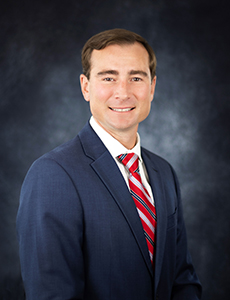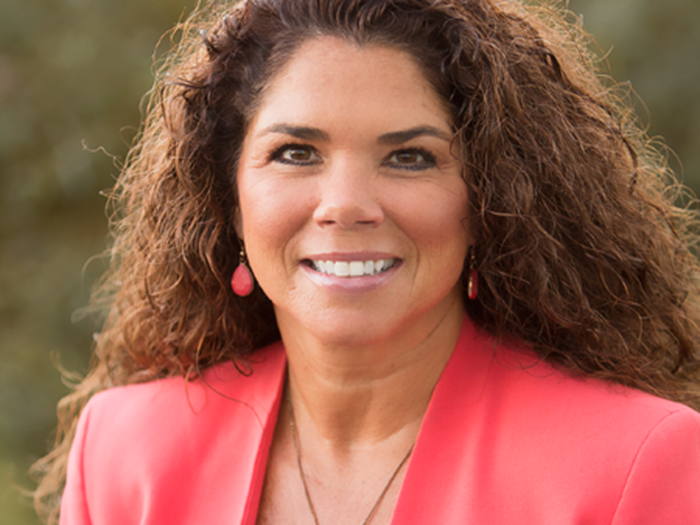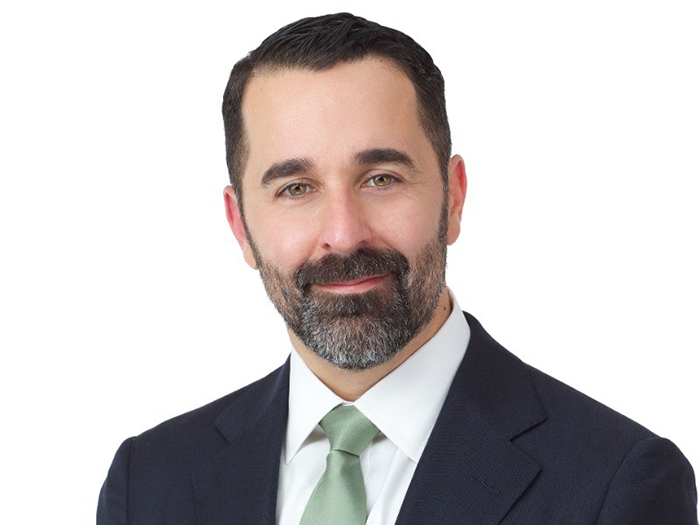Long-Term Care Facilities: Are You Working with Your Carriers to Address These Risks?

A number of factors are converging to make the art and science of underwriting the nursing home sector more and more challenging. That’s not to say that the task is impossible; it’s not.
But owners and operators of these facilities are making a mistake if they think adhering to past methods or the status quo in the management of their facilities is going to help them maintain a good relationship with their insurance underwriters.
One factor that is impacting property insurance is the extreme climate events that are impacting property exposures across the board, according to James Ferriero, an Underwriting Supervisor with Philadelphia Insurance Companies (PHLY).
Wildfires in the West, as just one example, are making the importance of implementing best practices in fire safety more and more pressing. For their part, Ferriero said he and his underwriting teammates at PHLY tend to look more kindly at modern construction.
Owners of single-story nursing home facilities, with spread-out wings, what Ferriero called a “spider web” design, stand a better chance of attracting risk transfer capital from insurance companies if they are up to code and equipped with commercial-grade fire doors and NFPA-13 rated sprinkler systems.
“We look at that more favorably when we are considering a risk,” Ferriero said.
He points to a scenario in which a fire breaks out at the extreme end of a wing in a nursing home with that spider web design. Fire doors, an alarm system, and an NFPA-13 sprinkler system could do a lot to slow the spread of a fire and give firefighters adequate time to shut the fire down.
That, compared to what we might see in an older, two or three story facility, would result in a lighter property loss to fire, not to mention the even more important goal of limiting resident death and injury.
Operating as they do in a niche segment of the insurance market, owners of nursing homes need to understand that there is a finite range of carrier appetite to underwrite their risk. Carriers stung by flooding and fire losses in various parts of the country are raising deductibles and restricting capacity in some cases, which magnifies the importance of good risk management.
Ferriero said that PHLY customers can benefit from water and temperature sensors, provided free of charge as part of PHLY’s property coverage, placed in strategic locations throughout a facility. These sensors can detect, in one example, plummeting temperatures that might put a water line in danger of freezing, bursting and contributing to destructive flooding.
Another factor, other than intense weather patterns, that is influencing property underwriting in general is the issue of proper valuations.
Supply chain issues, materials costs and labor shortages are all combining to make the business of determining the proper replacement value of commercial properties more difficult. That’s where Ferriero said PHLY underwriters depend on their partnerships with agents and brokers.
“Educating insureds about the fact that macro-economic factors might lead to increased replacement costs and thus the need for more robust insurance cover is a key role for brokers these days,” Ferriero said. “We are very fortunate that our partnered brokers and agencies have really supported this initiative.”
“I think it’s challenging from a broker’s point of view to educate insureds,” he added. “But we are having some good success in this balancing act due to our brokers.”
Disturbing Auto Severity Trends
Another area where business owners and risk managers in the niche nursing home sector need to pay close attention is in the area of their auto fleet exposures. Compounding the risk for these businesses is that many employees in the long-term health care area might be using their personal vehicles to transport elderly patients to hair or medical appointments.
Yet another factor to consider is that the severity of auto accidents actually increased during the bulk of the pandemic shut down. As more and more people return to the office, frequency is also bound to tick back up.
“From a best practices standpoint, an insured’s ability to confirm proper insurance for their employees is particularly important,” Ferriero said.
In cases, where the employee turns out to be uninsured, or underinsured, any exposures will fall back on the employer’s policy.
“With more and more people, more employees, back on the road, we are seeing an uptick in frequency, as well in severity, within that uninsured motorist (UM) and underinsured motorist (UIM) exposure coverage,” Ferriero said.
Here again is a place where connectivity with the goal of collecting useful underwriting data can be a benefit.
“Another one of the services our risk management team offers, free of charge, are GPS monitoring devices,” Ferriero said.
These devices can be placed under the dashboard of a vehicle and used to record everything from how fast a driver accelerates to how abruptly they put on the brakes.
Customers that have those devices in place might find that they receive more favorable coverage terms from the underwriters on their fleet programs.
“I would say driver safety is so important for this niche segment because of the exposure of driving patients to various types of appointments,” he said.
That exposure can be multiplied by the use of vans that might be carrying a dozen or more elderly clients to appointments in the course of one trip.
There is also the additional consideration that staff loading clients with mobility issues into vans and cars need to be trained in the safest methods to do so. Making sure elderly residents in wheelchairs are properly secured should be an area of mandatory training for nursing home staff, Ferriero said.
Keeping Pace with Ongoing Change
Some things we know for sure. The advancement of climate change, ongoing macro-economic variations and the fact that an aging population will be increasingly in need of long-term care options, will call for best-in-class risk management in the nursing home sector.
Organizations that have invested in up-to-date construction, including commercial-grade fire doors and sprinkler systems, and the technology available to best manage auto fleet exposures and train staff to reduce them, may well come out alright in their renewal meetings with commercial insurance underwriters.
Not taking action in days like these won’t be a sustainable path, however.
“Owners put their insurance programs at risk if they do not have best practices in place, such as training programs, defensive driving policies, and training videos that they can utilize over the Web,” Ferriero said.
“In the availability of auto and property coverages for niche classes, [such as nursing homes] there may not be as many carriers willing to provide coverage as there would be for other sectors,” Ferriero said.
“Having best-in-class training programs really opens up the insured to be able to work with an A-Plus rated carrier or an admitted carrier versus the non-admitted market,” Ferriero said.
“That’s what we look, for, I would say.” &











